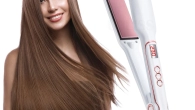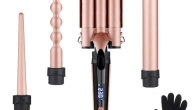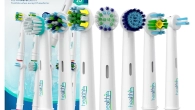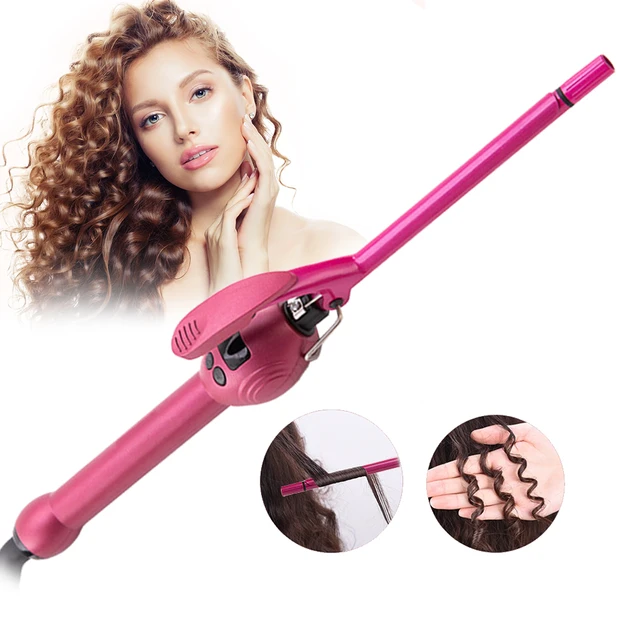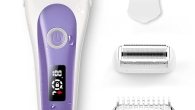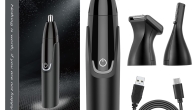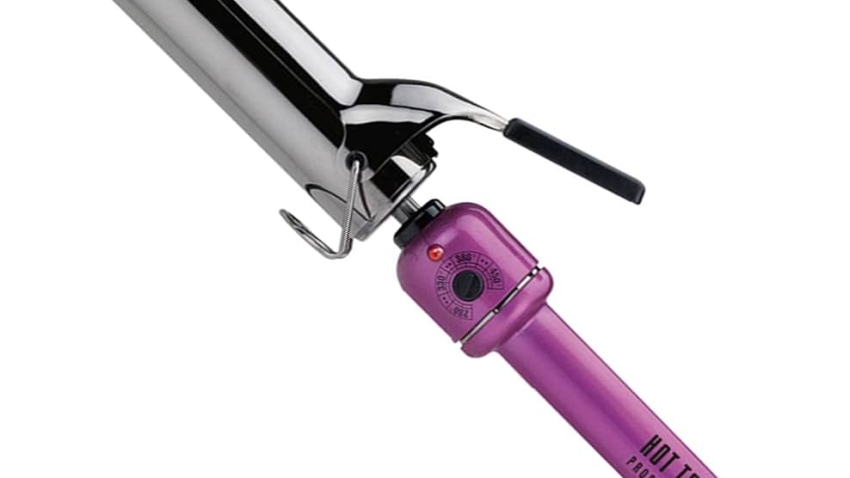
Second-Degree Curling Iron Burn: Effective Healing
Introduction:
Accidental burns from curling irons are common and can range from mild to severe. A second-degree burn is more serious than a first-degree burn and affects both the outer layer of the skin (epidermis) and the underlying layer (dermis). Proper treatment is crucial for a second-degree curling iron burn to mitigate pain, prevent infection, and promote healing. This detailed guide explores the steps for effective management and healing of a second-degree curling iron burn, covering immediate care, symptom identification, ongoing treatment, and prevention of complications.
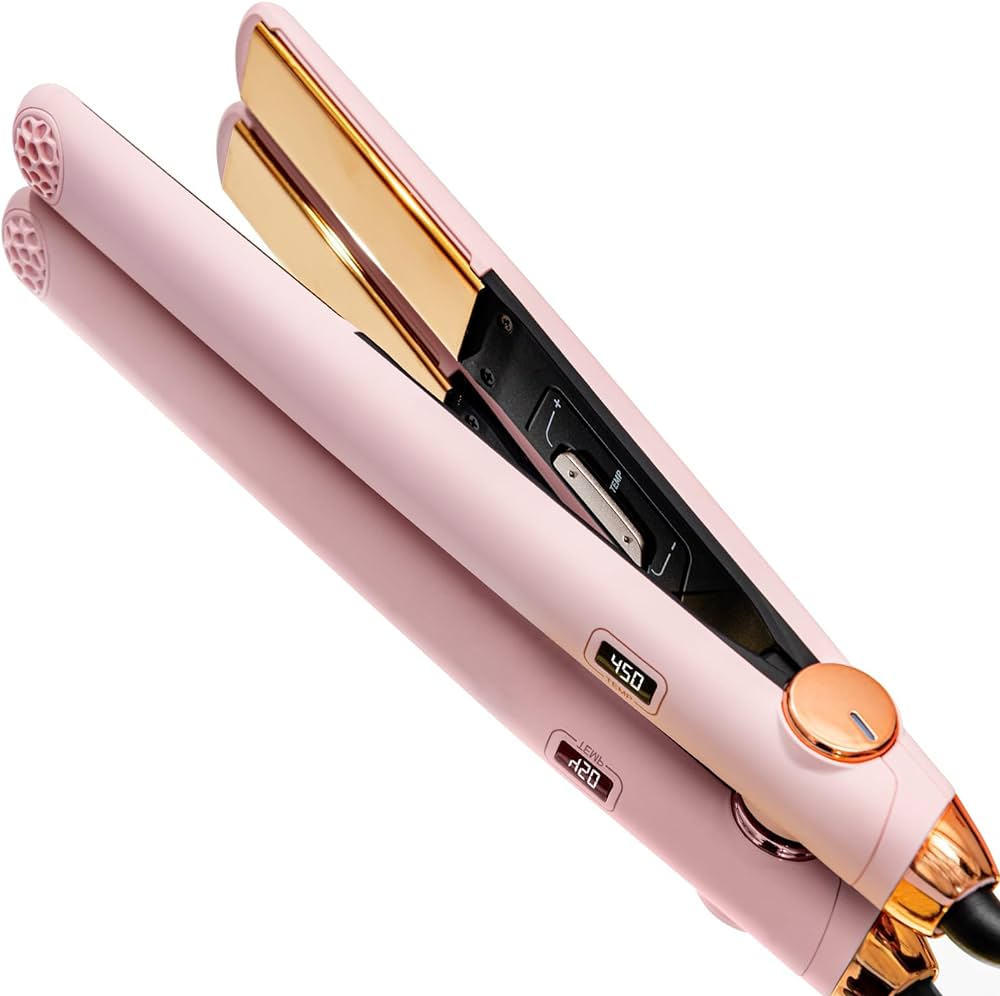
Second-Degree Curling Iron Burn: Effective Management and Healing
Understanding Second-Degree Burns
Second-degree burns are characterized by specific symptoms and require more intensive care compared to minor burns. Recognizing the severity of the burn is vital for appropriate treatment.
Symptoms: Second-degree burns usually present with redness, swelling, blistering, and severe pain. The skin may look wet or shiny due to the presence of blisters, and there can be a white, discolored patch in the center of the burn. Immediate attention is needed to manage these symptoms effectively.
Differentiation from Other Burns: Unlike first-degree burns, which only affect the outer layer of the skin, second-degree burns penetrate deeper. They are more painful and take longer to heal. Third-degree burns, on the other hand, penetrate all skin layers and potentially even underlying tissues, typically requiring professional medical intervention.
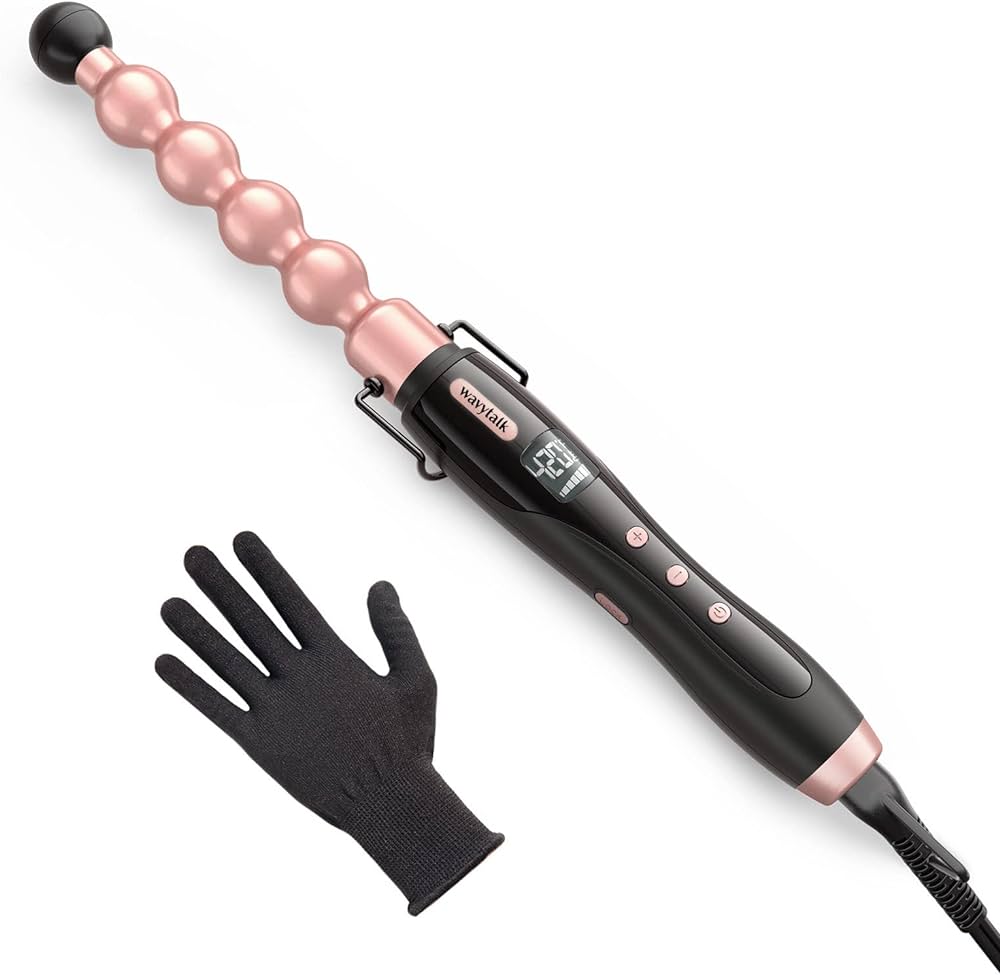
Immediate First Aid
Immediate first aid steps can significantly impact the healing process and prevent complications. Prompt action is crucial when dealing with a curling iron burn.
Cool the Burn: As soon as possible, cool the burned area by running it under cool (not cold) water for 15-20 minutes. This helps to reduce pain and swelling by dissipating heat. Avoid using ice or extremely cold water, as this can cause further damage to the skin.
Remove Tight Items: Gently remove rings, bracelets, or any tight clothing from the affected area before swelling sets in. This ensures that there is no added restrictive pressure that can exacerbate swelling and discomfort.
Avoid Breaking Blisters: Do not pop any blisters that form on the burn. Blisters protect the underlying skin from infection. If they break on their own, it’s important to keep the area clean and covered.
Pain Management: Over-the-counter pain relievers like ibuprofen or acetaminophen can help reduce pain and inflammation. Follow the recommended dosage instructions, and do not exceed the advised amount.
Cleaning and Dressing the Burn
Proper cleaning and dressing of a second-degree burn are essential to prevent infection and promote healing. These steps should be followed carefully.
Gentle Cleaning: Clean the burn with mild soap and distilled water or saline solution. Avoid scrubbing the area, and instead, gently pat it dry with a clean towel or cloth. This minimizes aggravation and reduces the risk of infection.
Applying an Antibiotic Ointment: After cleaning, apply an antibiotic ointment, such as Neosporin, to the burned area. This helps prevent infections and keeps the skin moist, aiding in the healing process.
Covering the Burn: Use a non-stick, sterile bandage to cover the burn. Gauze can also be used, but ensure it’s non-adhesive to prevent it from sticking to the wound. Change the dressing at least once a day, or more frequently if it becomes dirty or wet.
Maintaining Moisture: Keeping the burn moist is crucial. Use ointments or aloe vera gel regularly to prevent the burn from drying out and forming a hard scab, which can delay healing.
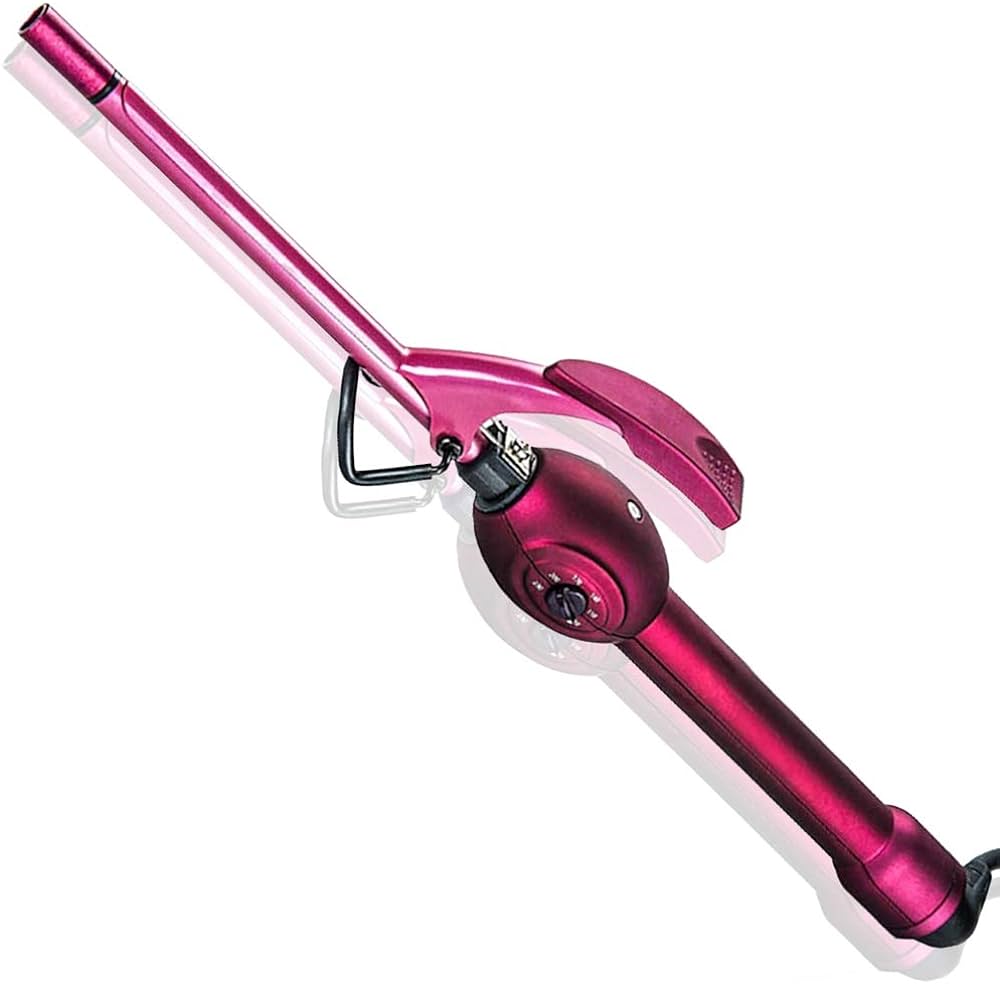
Monitoring for Signs of Infection
Second-degree burns are at a higher risk for infection, which can complicate the healing process. Continuous monitoring helps in early detection and treatment of infections.
Signs of Infection: Be vigilant for signs such as increased redness, swelling, warmth, pus, and an unusual or foul odor. These could indicate that an infection is developing.
Fever: If you develop a fever or feel unwell, it could be a sign that the infection is spreading. Seek medical attention immediately if you experience these symptoms.
Professional Medical Advice: Consult a healthcare professional for advice if you suspect an infection. They may prescribe oral or topical antibiotics to manage the infection and prevent it from worsening.
Promoting Healing and Reducing Scarring
Long-term care to promote healing and reduce scarring involves several strategies. Consistency in these practices can significantly improve outcomes.
Hydration: Keeping the skin hydrated from the inside out is crucial. Drink plenty of water and use moisturizers that are suitable for sensitive skin to maintain hydration levels.
Silicone Sheets and Gels: Silicone sheets and gels are effective in reducing the appearance of scars. Apply them as directed to the healed burn area to minimize scarring over time.
Avoid Sun Exposure: The new skin underneath the healed burn is sensitive and prone to discoloration from UV rays. Protect the area from sun exposure by wearing protective clothing and using sunscreen with a high SPF.
Gentle Massage: Once the burn has healed, gently massaging the area with lotion can help improve blood circulation and reduce the buildup of scar tissue. Use circular motions and be gentle to avoid any irritation.
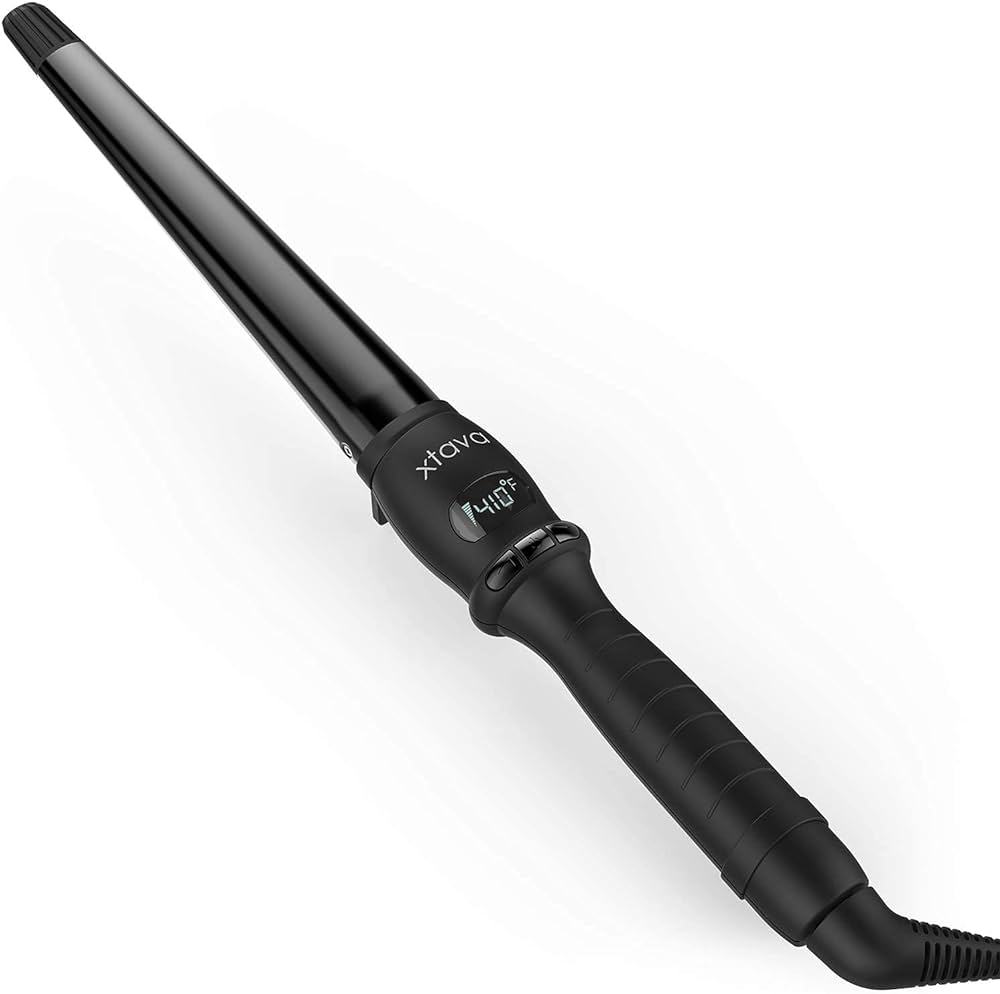
Pain and Discomfort Management
Managing pain and discomfort is vital throughout the healing process. Effective strategies can make the experience more tolerable and support recovery.
Elevate the Affected Area: Keep the burned area elevated whenever possible to reduce swelling and throbbing. This is especially important for burns on the limbs. Elevation helps prevent fluid accumulation and reduces pressure.
Pain Relief Medications: Continue using over-the-counter pain relief as necessary, based on the severity of the pain and swelling. Follow the recommended dosages and do not exceed the prescribed amount.
Cool Compresses: Applying cool compresses can offer temporary pain relief. Use a clean cloth soaked in cool water and apply it to the burn for 10-15 minutes at intervals.
Relaxation Techniques: Stress can exacerbate pain perception. Practice relaxation techniques such as deep breathing, meditation, or listening to calming music to help manage stress and discomfort.
When to Seek Medical Attention
Knowing when to seek professional medical advice is crucial for managing second-degree burns. Medical intervention ensures comprehensive care and monitors for complications.
Large Burns: If the burn covers a large area of the body or is located on sensitive areas such as the face, hands, feet, or genitals, seek medical attention immediately. Large or strategically positioned burns require specialized care.
Persistent Symptoms: If pain, redness, or swelling worsens or doesn’t improve within a few days, consult a healthcare provider. Persistent symptoms may indicate complications or infection requiring professional treatment.
Systemic Symptoms: Symptoms like fever, chills, or overall malaise should prompt immediate medical consultation. These could be signs of a systemic infection or other complications needing urgent care.
Difficulty Managing at Home: If you find it challenging to manage the burn and associated symptoms at home, contacting a healthcare professional for advice and possible additional treatments is recommended.
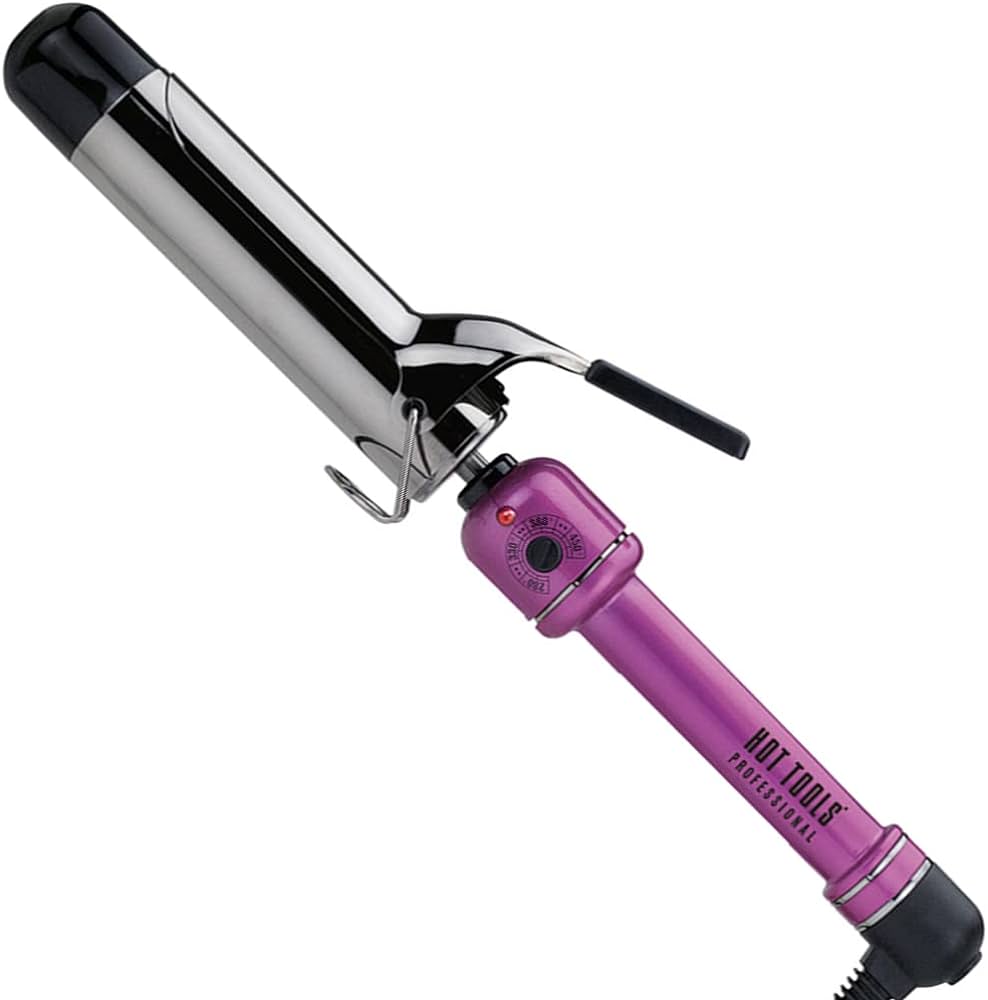
Preventing Future Burns
Prevention is always better than cure. Taking steps to prevent future curling iron burns is essential for safety and well-being.
Heat-Resistant Gloves: Wearing heat-resistant gloves when using a curling iron can protect your hands and arms from accidental burns. These gloves offer a barrier between your skin and the hot device.
Safe Handling: Use curling irons on a stable surface and avoid multitasking while styling to minimize the risk of accidents. Focus on the task at hand and keep the hot iron away from flammable materials.
Temperature Control: Use the lowest effective heat setting on your curling iron. High temperatures increase the risk of burns without providing significant additional styling benefits.
Storage: Ensure the curling iron is completely cool before storing it away. Use a heat-resistant mat or stand to place the hot iron on while cooling. This helps prevent accidental contact and potential burns.
Conclusion
Managing a second-degree curling iron burn requires immediate and diligent care to ensure proper healing and minimize complications. Recognizing the severity of the burn, administering appropriate first aid, and following best practices for ongoing care are essential. Monitoring for signs of infection, promoting healing, and knowing when to seek medical attention can make a significant difference in the recovery process. Additionally, adopting preventive measures can minimize the risk of future burns. By adhering to these comprehensive guidelines, you can effectively manage a second-degree curling iron burn and promote optimal healing with minimal scarring.




